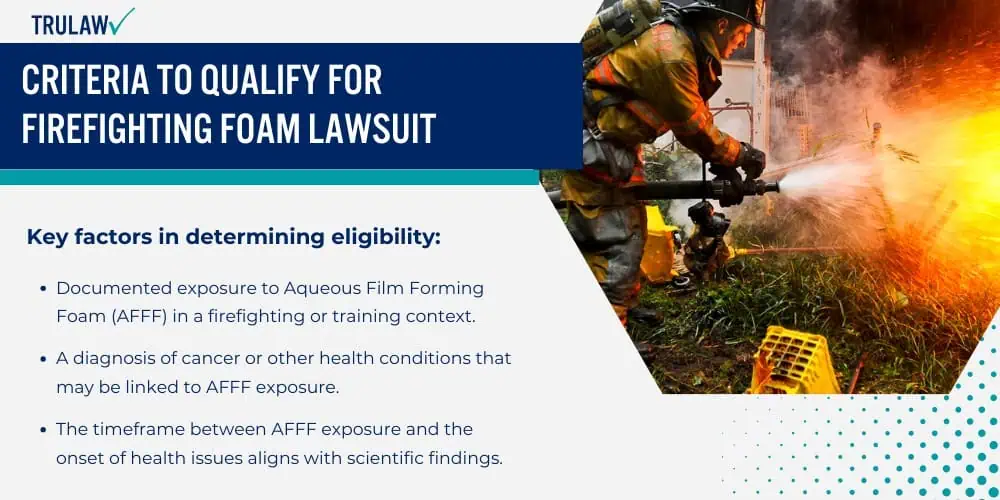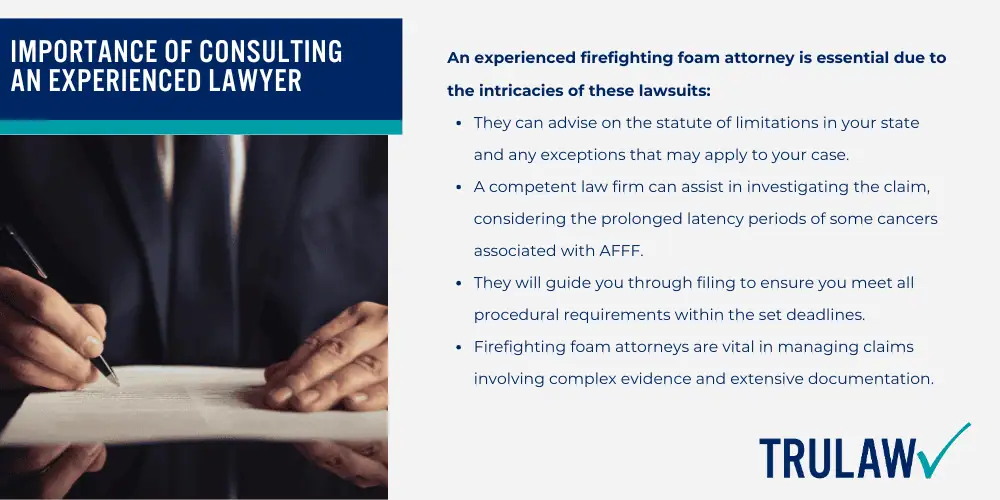Exposure to Aqueous Film Forming Foam (AFFF) has raised significant health concerns due to the presence of perfluoroalkyl and polyfluoroalkyl substances (PFAS).

These toxic chemicals persist in the environment and have been associated with several types of cancer and other health issues.
Types of Cancers Linked to Firefighting Foam
PFAS exposure from firefighting foams has been linked to a higher risk of developing certain cancers.
Research and lawsuits have highlighted a connection to the following:
- Prostate Cancer: Frequent exposure to harmful chemicals in AFFF may increase the probability of this disease.
- Kidney Cancer: High levels of PFAS in the human body have been suspected of contributing to kidney cancer development.
- Testicular Cancer: Firefighters and others exposed to AFFF are at a heightened risk for testicular cancer.
- Kidney and Testicular Cancer: Both of these cancers are of particular concern to professionals who work with firefighting foams.
Environmental Protection Agency (EPA) and National Fire Protection Association studies support these findings, reinforcing the need for scrutiny and regulation of these substances.
Other Potential Health Problems Caused by PFAS
In addition to cancer, AFFF exposure is associated with several other potential health problems.
Key health risks include:
- Thyroid Disease: Disruption of normal thyroid function is a major concern.
- Immune System: PFAS can lead to adverse effects on immune health, possibly affecting vaccine efficacy and immune response.
- Human Health: Beyond specific diseases, PFAS have been linked to a range of adverse health effects that impact overall well-being.
- Occupational Safety: Workers in industries using AFFF must be aware of potential health hazards and adhere to safety guidelines.
The Centers for Disease Control and Prevention (CDC) and agencies focused on disease control and occupational safety continue to study these effects on human health to develop appropriate interventions.









